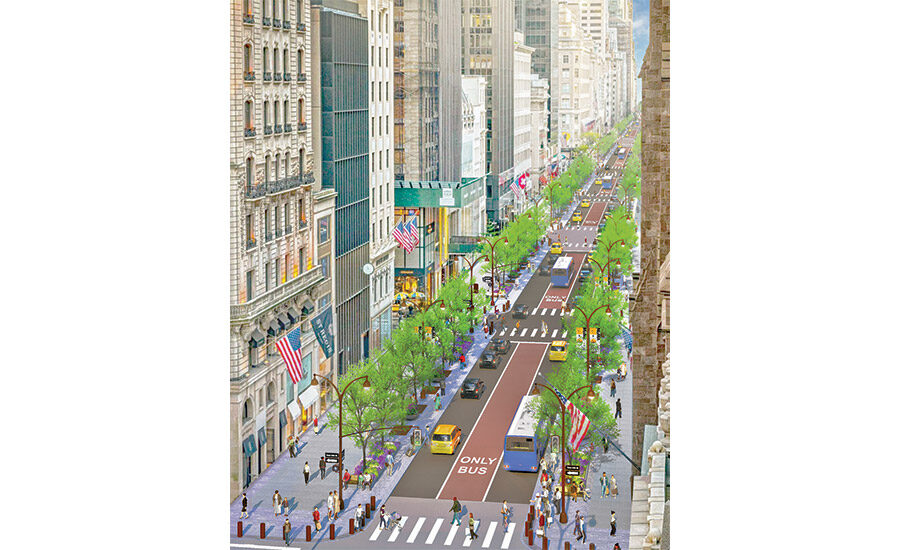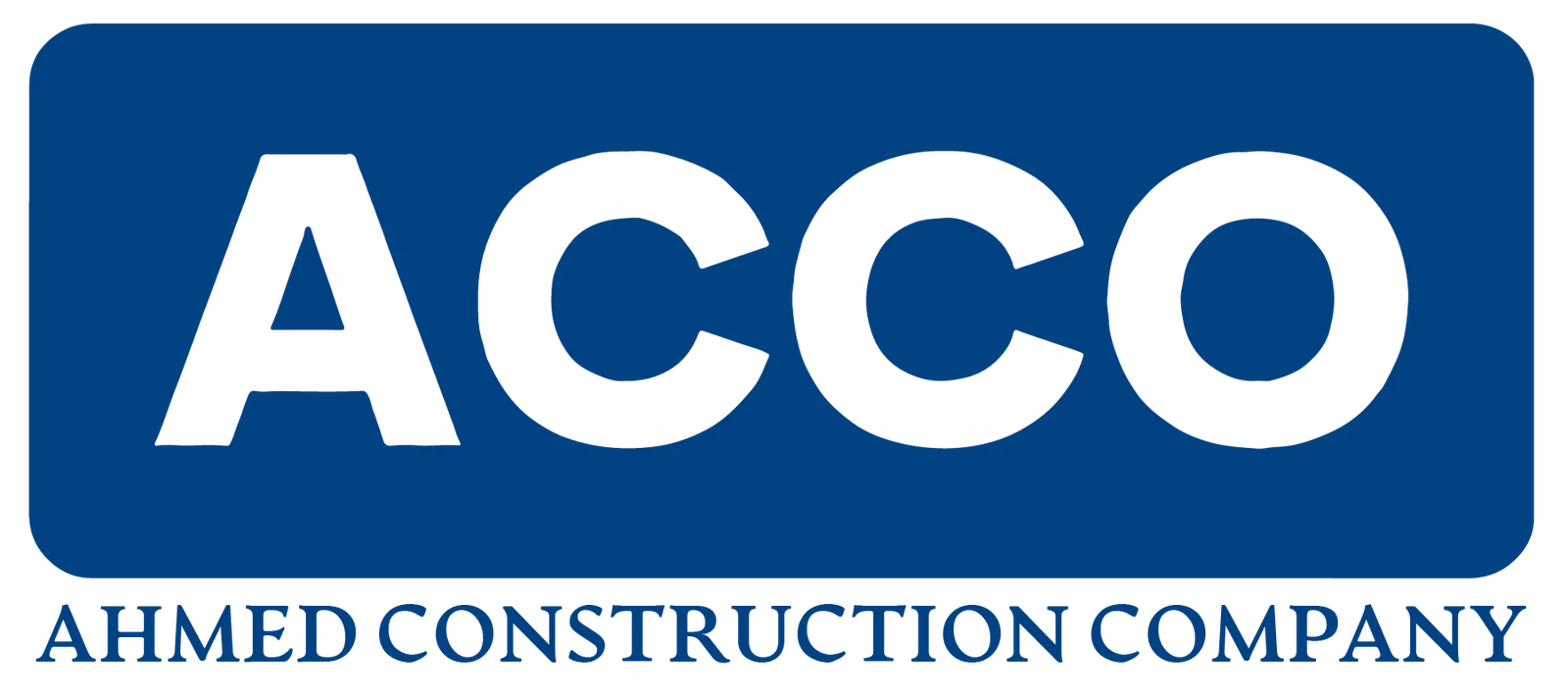
Global Firm’s U.S. Unit Stewards New York’s Environment
Arcadis Revenue by the Numbers:
$2.3 billion – Global
$582.08 million – East regional
$369.29 million – All environmental and geotechnical services
$309.95 million – New York/New Jersey
$212.06 million – East regional hazardous waste services
$128.08 million – East regional water supply services
$42.83 million – East regional manufacturing services
$9.21 million – East regional government/public service work
Arcadis North America’s more than 100-year tenure working in New York has left an impressive trail of state capital investment projects such as the Newtown Creek Wastewater Treatment Plant’s egg-shaped digesters in Brooklyn, the New York City drinking water supply tunnel system and upgrade and modernization of Nassau County’s Bay Park Sewage Treatment Plant after Hurricane Sandy.
The Netherlands-based company also has leveraged its local relationships to become one of the largest engineering, procurement and construction management firms for semiconductors in New York. Since acquiring microchip fabricator DPS Advanced Technologies in 2022, Arcadis U.S. revenue in the sector has been about $100 million and is growing year over year. That success, along with its ability to help clients navigate state regulatory processes and build robust partnerships with local institutions has led to the selection of Arcadis—No. 5 on the ENR East Design Firms survey with $582.08 million in revenue—as the 2025 ENR New York Design Firm of the Year.
In addition to environmental remediation and water and wastewater sector services, the Arcadis regional design portfolio includes climate adaptation, vertical building engineering and transportation. The firm’s work for local universities includes Pratt Institute’s new Center for Climate Adaptation. John McCarthy, president of Arcadis North America, discussed with ENR the firm’s semiconductor sector success, climate adaptation expertise and global delivery model. This Q&A has been edited and condensed.
To what do you attribute the success of Arcadis in the semiconductor sector?
Approximately three years ago, we acquired DPS Advanced Technologies, a firm that specializes in microchip fabrication. That brought an expertise of research being done elsewhere in the world. We have an office in Albany collocated at the State University of New York—on the New York CREATES campus that has been established for many years doing advanced research on chip fabrication.
We have built a business around that.… I don’t think we could have done it if we had not had an established presence in New York state to begin with. New York CREATES is a nonprofit group in the state that looks to advance research in chip technology. We made that connection early on and that is how we’re delivering this particular facility. NY CREATES is the sponsor, with New York state as a government agency supporting us.
Arcadis Recent Projects at a Glance:
NY CREATES NanoFab Reflection, Albany, N.Y.
Expanding the nonprofit NY CREATES Albany NanoTech Complex includes building the NanoFab Reflection building among existing semiconductor research and development infrastructure. The four-story facility with a 50,000-sq-ft ISO 5 clean room is a joint venture of Arcadis DPS Advanced Technology Group and Gilbane Building Co.
Battery Park City Resilience Project, New York City
Part of “The Big U” coastal protection program launched after Hurricane Sandy in 2012, the project advances a 1.4-mile-long integrated flood protection barrier to reduce stormwater and coastal flood risk to residents, commercial businesses and critical transportation assets in response to recent rainfall, coastal storm events and anticipated sea level rise. Requiring significant urban design and landscape elements, the project weaves flood protection into the existing urban fabric while maintaining or expanding public access and viewpoints.
Future of Fifth, New York City
Transforming a Fifth Avenue corridor in Manhattan between Central Park and Bryant Park into a pedestrian-centric boulevard through street and public improvements involves engaging local stakeholders to create concept designs that included wider sidewalks, seating, trees, plantings, sustainability measures and spaces for gathering, community interaction and public space activation. Serving as lead consultant, Arcadis is leading the civil design effort to create 30% design drawings by the end of this summer.
How does your Dutch parent’s coastal protection work differ from similar work in New York?
The fundamentals are the same, whether you’re in New York or in the Netherlands. With almost all projects, there must be a business case. There must be a rationale for why you’re doing it, but [you must have] foresight and vision to see what that business case is. Sometimes we limit that business case to the next five years or what can I pay for in the next 10 years.
You need to take a long-term view of the solution you’re bringing to the table and how it’s going to improve quality of life for people in years to come, well beyond a traditional business case, and what that means. That’s what is at the core of climate resilience in the Netherlands.

“Knowing what’s the right time to provide the right information, and who are the right stakeholders to engage in the process, that’s been quite successful for us.”
—John McCarthy, President, Arcadis North America
How is this work impacted by the lack of federal support and data collection?
It’s an interesting challenge. If you’re looking at different cities with different climate challenges, it doesn’t have to be a one-size solution to each of them, so to speak. You can look at the data, here’s what it’s telling you, here’s what a storm event might look like for you, and what it means for the impact to the assets that you have in that city.
But the level of protection that you choose as a client, as a city, as a community, that you want to provide, ultimately, that’s your decision. As you know, you’re able to make that decision based on how much funding you want to invest into that.
There’s still plenty of data available out there. We look at the information that we have available that is our own data, and what we’re collecting, but whether it is also combined with FEMA data or NOAA data or from the various agencies out there, we’re not overly worried about that. The key is clients being willing to engage with their stakeholders. We can become complacent as a society if a storm or an event hasn’t occurred. In my locale, in x number of years, we tend to forget what happened 10 years ago or even five years ago.
What’s the secret to your success helping clients navigate state permitting?
Knowing when is the right time to provide the right information, who are the right stakeholders to engage in the process—that’s been quite successful for us. Whether we’re building a wastewater treatment plant in upstate New York or flood protection in lower Manhattan, the same formula is basically true.
Perhaps some clients think that’s a step that we do toward the end of the process.… Actually, the sooner you engage in that process, and the sooner you bring in stakeholder involvement, the more successful it’s going to be.
How do global verticals help local work?
Because of our global footprint, we pretty much as a company have 24/7 delivery. We can do work on a construction site in upstate New York and finish the day at five o’clock or six o’clock, but other members of the team [on the other side of the world] could continue that work overnight. When we come back into the construction site in the morning, work has been advanced in the design or in the delivery model. That’s been huge for us because we don’t have this stop, start.
How are you prepared for a potential economic downturn?
We have a pretty balanced portfolio. It has served us well over the years. Pieces of that portfolio will drop off a little bit. Other parts of the portfolio will substitute. We will be pretty healthy over that period of time. Obviously, like everywhere else, there’s some uncertainty and clients that have committed to large programs and projects appear to be generally moving ahead, but some of the clients are questioning whether they should begin a new program or a new large investments. There’s a little bit of uncertainty in that. Hopefully that will settle down, and we’ll have a little bit more certainty around that.
How do you give back to the communities you work in?
We have a thing known as Arcadis Sparks. It is the concept of igniting a fire, getting people excited, igniting a fire and getting something to happen. … We said to each office, we would like you to come up with your spark. What do you want to do in a local community, and engage in a local charity … then we will invest in those offices that identify something that they want to do. And they all identify something different, but we will invest in them to ignite that spark in their community. It’s a great way to give back, and I think it’s a great way to say we’re not going to tell you what it is. We want you to bring us an idea that connects with you.
Post a Comment
You must be logged in to post a comment.





